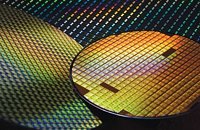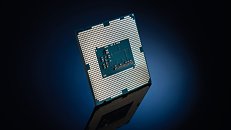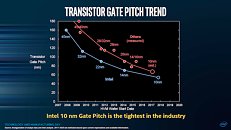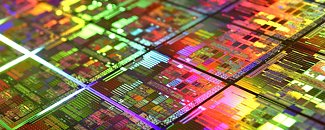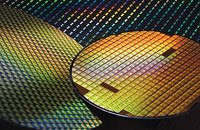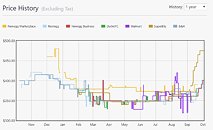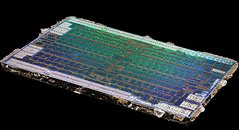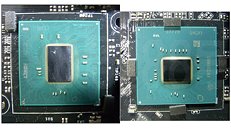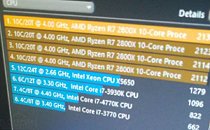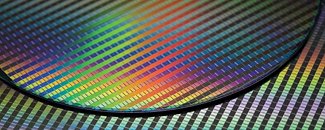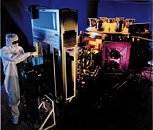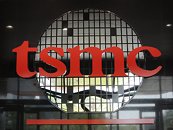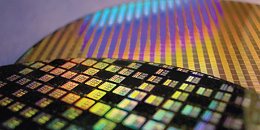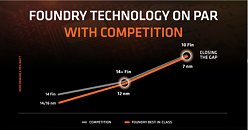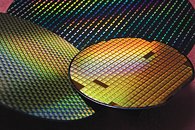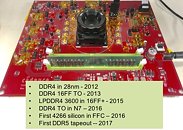
TSMC to Tape Out 100 7 nm Chip Designs by 2019
TSMC has become the de facto leader when it comes to manufacturing technology. The company is on the forefront of new process technologies, and provides solutions for some of the biggest players in the industry, like Apple, NVIDIA, Qualcomm, and AMD, just to name a few. This process leadership means that TSMC is being courted by numerous fabless silicon designers so as to produce their silicon chips with the latest process technologies - part of the reason why TSMC has seen increasing revenues and profits forecasts.
By the end of 2018, TSMC will have taped out 50 7 nm designs, and plans to double that number in 2019. And these design wins don't stand solely on the shoulders of TSMC's first 7 nm technology (which should account for 20% of the company's revenue by 2019); the company will also tape-out chips built upon their 7 nm + EUV process, which will begin production in 2019.
By the end of 2018, TSMC will have taped out 50 7 nm designs, and plans to double that number in 2019. And these design wins don't stand solely on the shoulders of TSMC's first 7 nm technology (which should account for 20% of the company's revenue by 2019); the company will also tape-out chips built upon their 7 nm + EUV process, which will begin production in 2019.

